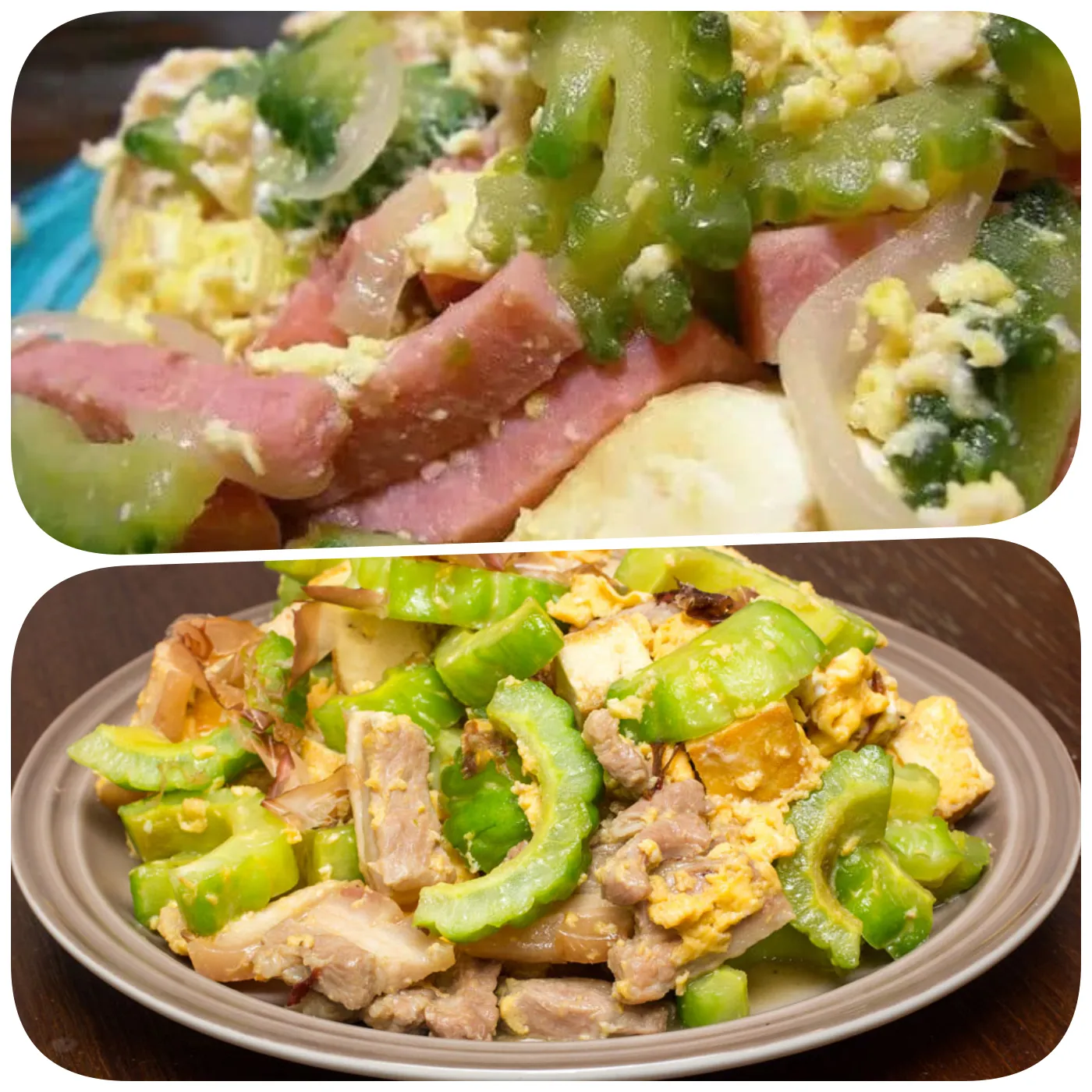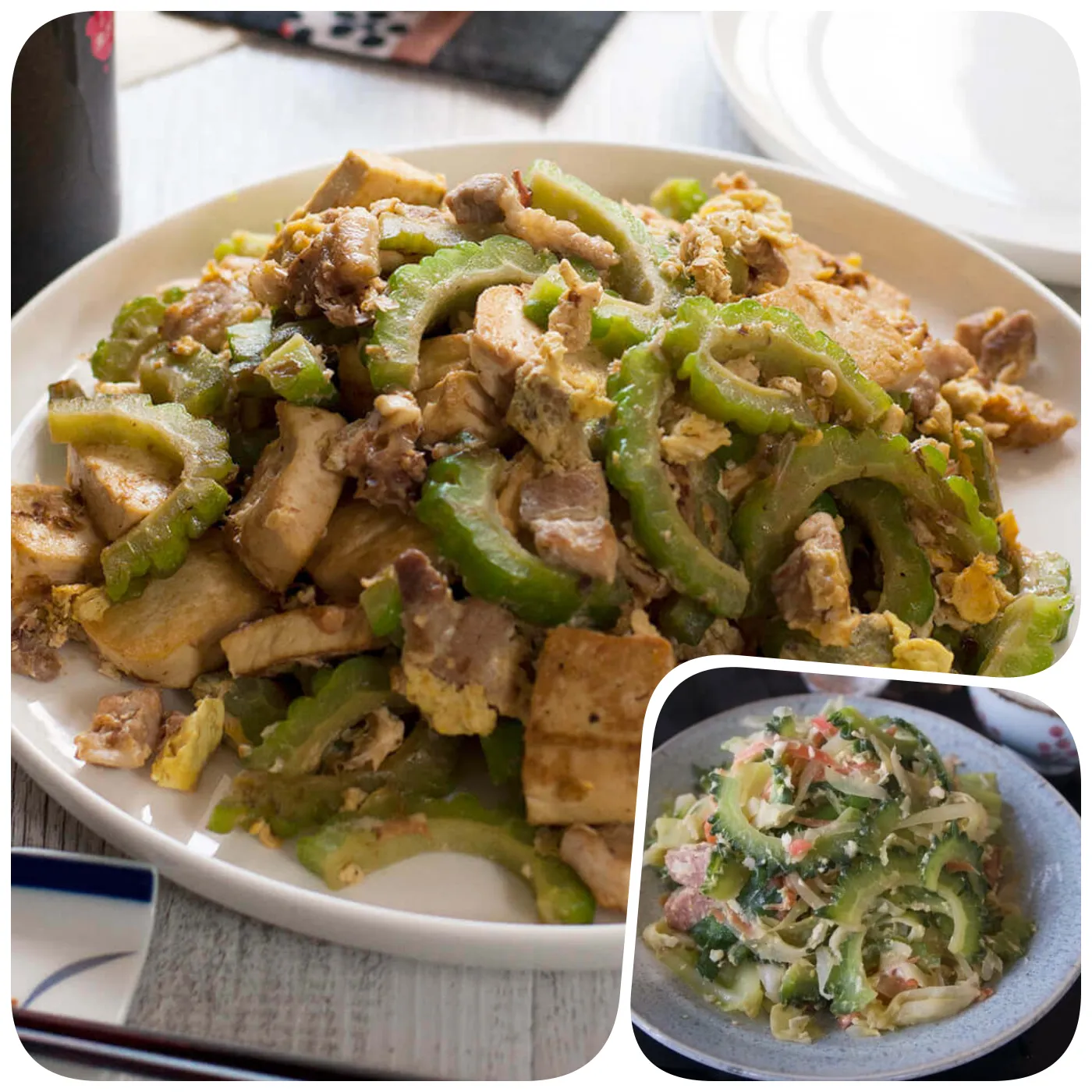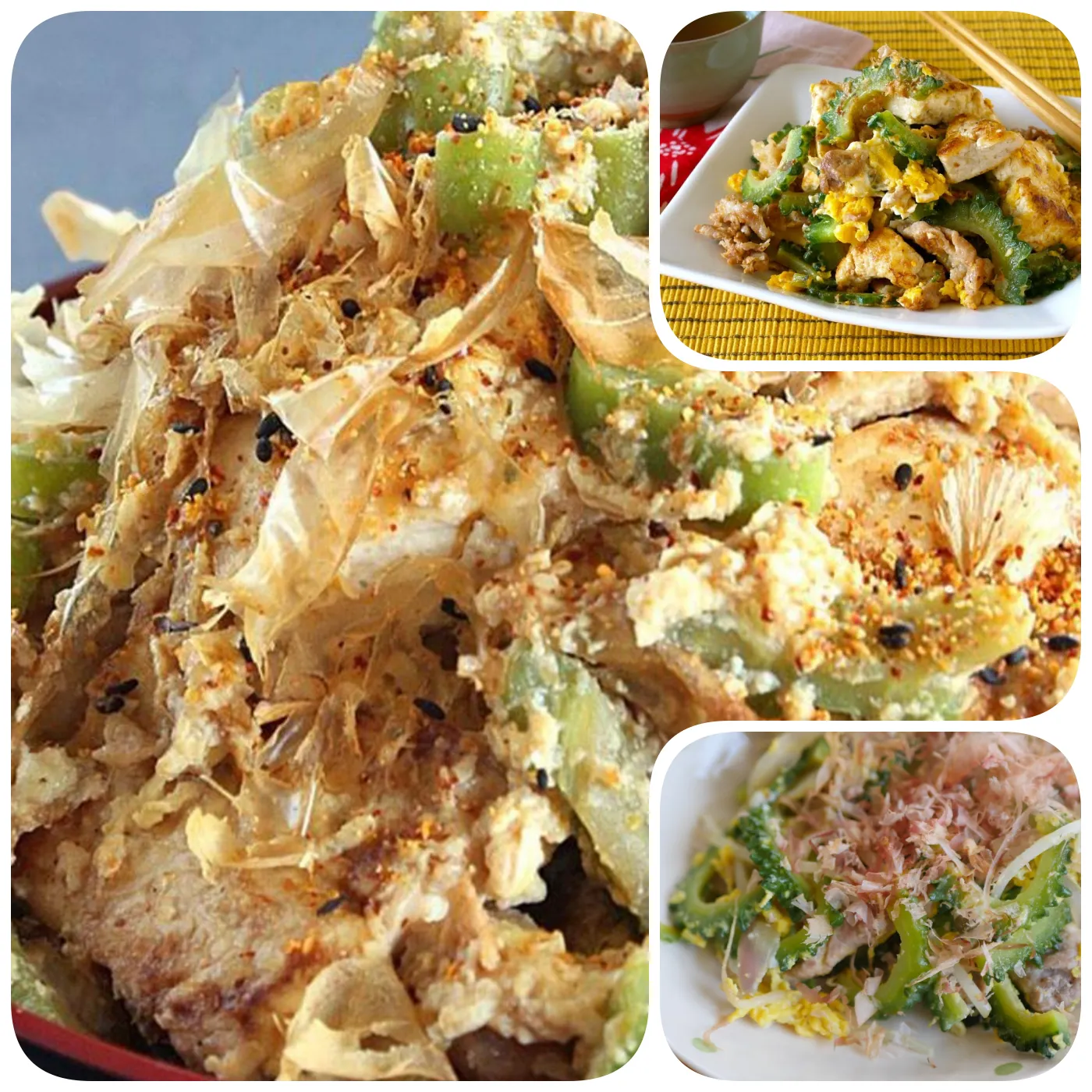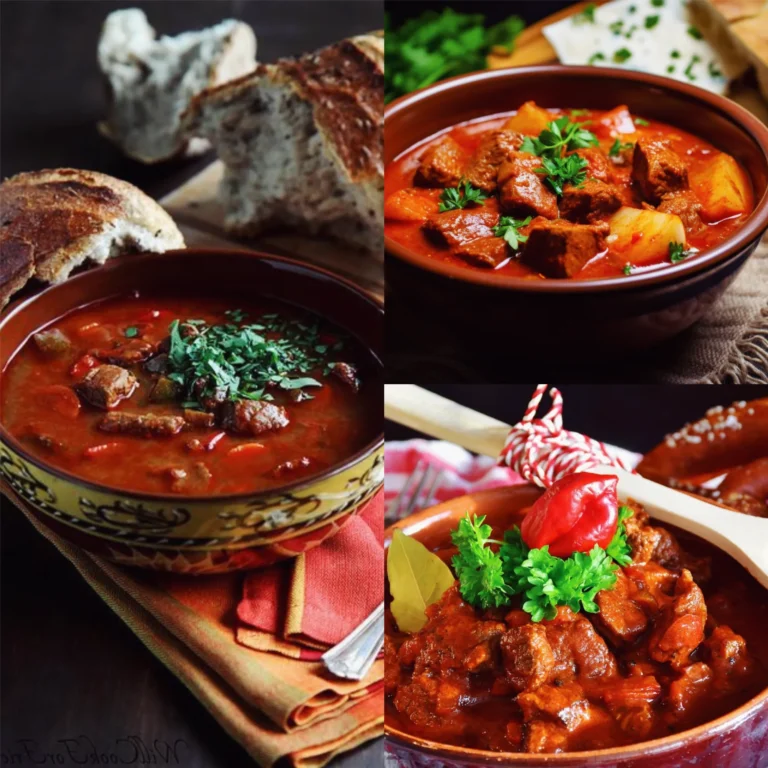
Goya Chanpuru: An Okinawan dish you must try
When you think of Okinawan cuisine, one dish immediately stands out—Goya Chanpuru. This delicious stir-fry, full of flavors and rich in history, is a must-try for anyone exploring Japanese food. Whether you visit an izakaya or dine at an Okinawan restaurant, you will likely encounter this iconic dish. Goya Chanpuru has gained popularity all over Japan and beyond, thanks to its unique blend of ingredients, making it not only a tasty experience but also a deeply cultural one.
What Exactly Is Goya Chanpuru?
Goya Chanpuru is a local Japanese dish made with tofu, thinly sliced goya (bitter melon), and various other ingredients like pork, egg, and moyashi (bean sprouts). This dish is a vibrant mix of flavors and textures, earning a distinct place in Japanese cuisine. You may also find variations including somen noodles or other Okinawan specialties, but the bitterness of goya combined with the softness of tofu is what makes this dish truly stand out.

Before diving into the ingredients, let’s talk about the meaning behind “Chanpuru.” In the Okinawan dialect, “chanpuru” means “mixed.” Interestingly, the word has its roots in the Indonesian word “campur,” which also means “to mix.” This highlights the influence of Southeast Asian cultures on Okinawan cuisine, a reminder of the rich history of the Ryukyu Kingdom’s trade with neighboring nations. In essence, Goya Chanpuru symbolizes the blend of cultural influences in Okinawa, mixing local ingredients like tofu and goya with other elements to create an irresistible traditional dish.
The Star Ingredient: Goya
Goya, or bitter melon, is the essential ingredient in this dish. Known for its distinct bitterness, goya is a summer vegetable that thrives in Okinawa’s warm climate. Its dark, bumpy skin and strong flavor make it a familiar taste, but it’s also a nutritional powerhouse. Goya is rich in vitamins, especially vitamin C, which remains intact even when cooked—making it the perfect summer food to combat the sun’s effects on your skin. It’s no surprise that goya is often referred to as the “king of summer vegetables” in Okinawa.
There are over 300 varieties of bitter melon worldwide, but the Chunaga variety, native to Okinawa, is particularly well-suited for Goya Chanpuru. It’s long, thin, and highly bitter—ideal for stir-frying. For those new to goya, the bitterness can be overwhelming, but a simple trick is to slice it thin and rub it with salt to reduce the sharpness.
How Did Goya Chanpuru Become Okinawa’s Signature Dish?
The origins of Goya Chanpuru go deep into Okinawa’s history, and many believe it originated from Indonesia due to the Ryukyu Kingdom’s diplomatic ties with Southeast Asia. Over time, this dish became a staple in Okinawan homes, blending local culture with foreign influences. Chanpuru culture, as it’s called, reflects the island’s history of embracing and mixing different traditions.

While the exact date when goya was first introduced to Okinawa remains unclear, historical records suggest that bitter melon has been a part of Okinawan cuisine since at least 1713. Today, it’s not just a food item but a symbol of the island’s long-standing culinary traditions.
How to Make Goya Chanpuru
Making Goya Chanpuru at home is easier than you might think. You’ll need the following ingredients:
- 1 goya (bitter melon), thinly sliced
- 2 eggs, lightly beaten
- Thinly sliced pork belly or canned meat
- 200g firm tofu, cubed
- Soy sauce, salt, and pepper to taste
- Dashi broth for added umami
- Bonito flakes and sesame oil for extra flavor
First, prepare the goya by cutting it thinly and rubbing it with salt to reduce the bitterness. Stir-fry the tofu and pork in sesame oil until golden brown, then add the goya and other vegetables like bean sprouts, if you prefer. Finally, add the eggs and dashi broth, mixing everything together until the flavors meld.
Why Is Goya Good for You?

One of the reasons Okinawans are known for their longevity is because they regularly eat goya. Goya contains a compound called “Momordicin,” which not only gives it its bitterness but also aids digestion and stimulates appetite. Additionally, its high vitamin C content helps protect the skin from sun damage, making it an ideal vegetable for the summer. Many locals believe that incorporating goya into their diet helps them stay healthy and live longer.
Goya Chanpuru is more than just a dish, it reflects Okinawa’s diverse cultural history and serves as a testament to the island’s ability to adapt and create something new from foreign influences. If you ever visit Okinawa or see Goya Chanpuru on a menu, don’t hesitate to give it a try. Its bold flavors, nutritional benefits, and historical significance make it an unforgettable culinary experience. Whether you’re a fan of bitter foods or simply looking to explore traditional Japanese cuisine, Goya Chanpuru is a dish you won’t want to miss.






